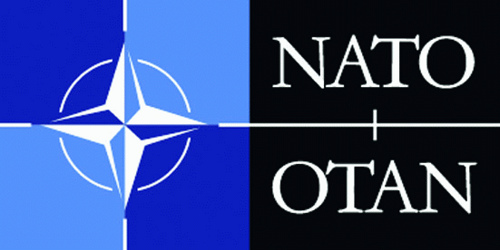
From NATO: NATO has currently 14 NATO Agencies and they all provide essential capabilities and services to NATO Armed Forces. With the reform agreed today, NATO agencies will achieve greater synergy between similar functions. The reform also aims to make agencies work more efficiently and effectively.
By this reform, agencies will be organized along 3 major programmatic themes: Procurement, Support and Communications and Information.
Agency Reform has also the potential to ultimately bring significant savings, in particular with regard to overhead costs and sharing of support services.
With the implementation of Agencies Reform, all the functions currently performed by NATO Agencies will be transferred to new bodies. At the same time, the reform will be guided by the principle that critical capabilities will be delivered throughout the change to the new structure and the provision of services to ongoing operations will be maintained.
Therefore, this reform will ensure an orderly transfer of responsibilities from the current to the new agencies.
The new Agencies’ structure will build upon the existing one:
- Headquarters for the NATO Support Agency will be in Capellen Luxembourg (site of the current NATO Maintenance and Supply Agency – NAMSA).
- The NATO Communications and Information Agency Headquarters will be in Brussels, as will the very small staff which will design the new NATO Procurement Agency.
- A new NATO Science and Technology (S&T) Organization will be created before July 2012, consisting of Chief Scientist, a Programme Office for Collaborative S&T, and the NATO Undersea Research Centre (NURC).
- The current NATO Standardization Agency will continue and be subject to review by Spring 2014.
Those existing Agencies which are managing multinational procurement programmes, like Eurofighter and NATO Helicopter for the 90s (NH90) will, when arrangements are in place, become Programme Offices in the new NATO Procurement Agency. They will remain in their current locations, near their industrial partners, at least initially.
Image: nato-otan_0.jpg
